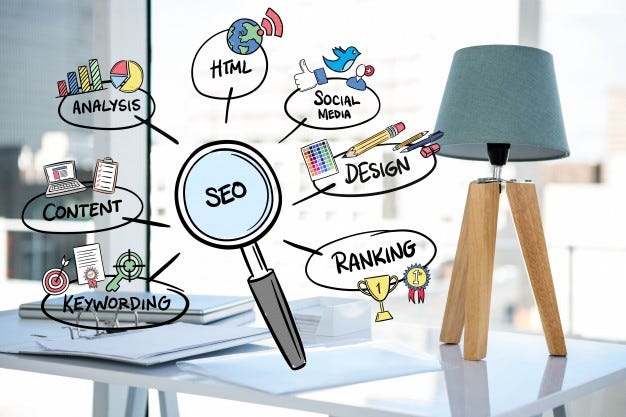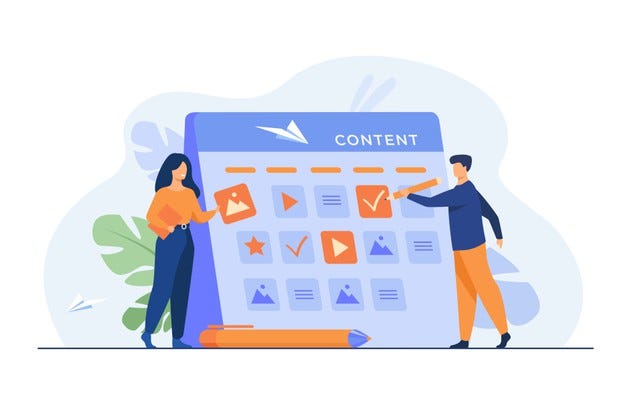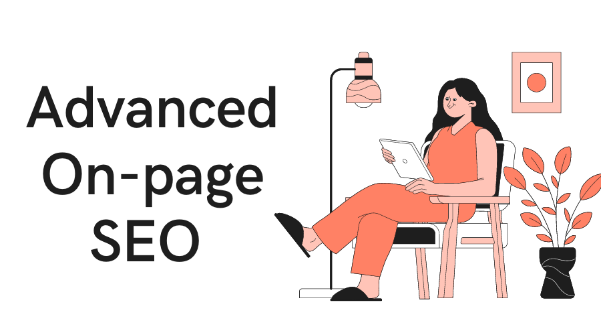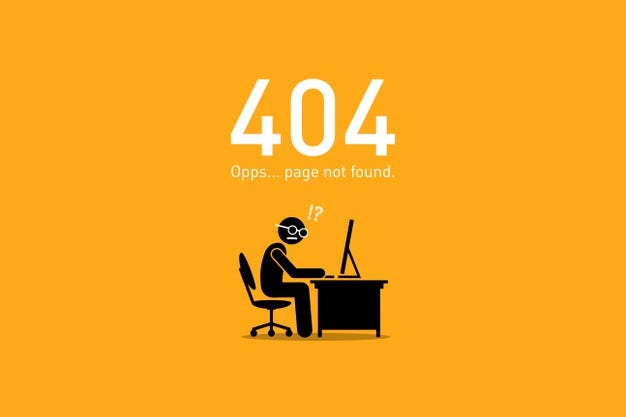
Onpage SEO Guide for WordPress Websites
Many people just start their sites but they do not know anything about SEO and how to implement them simultaneously.
In simple language, SEO is Search Engine Optimization. These are called techniques that if someone implements in his web pages, then he can easily get his site rank in Google. And the better you rank, the more traffic there are chances of coming to your blog.
Now, we can divide SEO into two separate categories; On-Page SEO and Off-Page SEO.
On-page SEO refers to all the things that you can do on your website so that it can be easily ranked in search engines, in this page titles, internal linking, meta tags, descriptions, etc. are the main ones.
Off-page SEO refers to all the things that you can do outside your website and with this they help you to rank high in the search engines. In this, social networking, article submission, forum and blog marketing, etc. are the main ones.
On-page SEO Basics
What is On-page SEO?
On-page SEO (also called on-site SEO) refers to the multiple components of a website so that that website can be optimized properly.

Why is On-page SEO Important?
The goal in this is to set the pages of the site in such a way that it is visible in the top pages of search engines and can capture more traffic. To do this, you have to optimize its content, architecture, and HTML code.
Every factor of On-Page SEO is controlled by you in the interface of your website. That’s why it is very important to do it in the right way.
Where On-page SEO refers to both the content and HTML source code of a page, Off-page SEO refers to links and other external signals. When both SEO techniques are used in the right way, then they will help in making your pages rank higher in Google.
A user stays on a new website for about 8 seconds to interact with that website. At the same time, the more interaction and engagement, the more users stay on your site, and the better their experience will be.
If On-Page SEO is implemented in the right way, then you will get a boost in the traffic of your site.
How to create SEO content?

Firstly, you can focus on these factors:
- Be relevant
- Be thorough
- Be unique
- Be clear
Now, the tips to create SEO Content
In today’s time, search engine optimization is becoming more and more difficult. Do keyword research: about the topic on which you are going to create a blog. Do not use short keywords in keyword types because SEO difficulty is very high on them. This website’s rank with high domain authority and high page authority are already there.
SEO difficulty is less on long keywords which are easily ranked. You can check SEO difficulty by going to keywords research tools.
How to optimize your content?

Content optimization is a process that makes your web pages friendly and attractive to search engines and users. This process is not just limited to using good keywords but also takes into account many more things related to websites such as the quality of the content, broken links, title tags, meta tags, etc.
Once your content is optimized, search engines can easily find and index your website and show it on search results pages.
Fresh Content
New and different content is liked by both the user and the search engine. So keep updating your website regularly so that your content becomes SEO-friendly. Keep adding new pages and new articles.
Optimize Title Tag
It refers to the title of your page or post, it is included in the head of the HTML code of a page. It appears at the top of your page on search result pages.
The title tag which is concise, correct, and relevant is considered very good for content optimization. According to SEO experts, a good title tag should contain 50–60 characters, according to the information given on the page, and the main keywords should be at the beginning of the title tag.
Optimize the Meta description
This is the information that appears under the title tag on the Google search result page. This is a summary of the information on your page. This gives the user an idea of what kind of information is given on your page.
Therefore, the meta description should contain relevant keywords because when a user searches for information from a keyword, the search engine shows the meta description related to that keyword. If you want better results then keep only about 150 characters in the meta description.
Create SEO Friendly URLs
Always use SEO-friendly and short URLs for your blog posts. So that search engines can easily understand your page topic.
Make sure you add the target keyword to your URL. This makes your content more SEO-friendly.
Use Internal Linking and External Linking
Try to do internal linking and external linking in your content.
This increases your content value and adds more information to your visitors. Also, the page is easy to understand for the search engine crawler.
This SEO content writing technique shows Google that your article is trustworthy and well-referenced.
Avoid Keyword Stuffing
Keyword stuffing makes your article spammy, unnatural, and useless. Keep keyword density 1.5% — 2% in your content.
If you think that keyword stuffing will boost your search ranking, then you are wrong. This lowers the ranking of your content even more.
Use related keywords, synonyms, and LSI keywords in your content.
Quality content
Quality content attracts both visitors and search engines. But your content should be unique and quality.
If you do not write useful and informative blog posts, then no one will visit your site.
And you are putting termites on your blog. Such content greatly affects your website ranking. Always try to write good and SEO-friendly content for your blog.
Advanced On-page SEO

Now we will know which On-Page SEO Technique we can use so that our webpage comes in SERP (Search Engine Result Page).
Reduce bounce rate
Bounce Rate means what percentage of visitors leave your site after visiting only one page. You can find this out by using the Google Analytics tool.
When the website bounce rate is high, it gives negative feedback to the search engine.
You can reduce the bounce rate by following the 10 steps given below:
1. Improve the readability of the content.
2. Remove PopUps from the website.
3. Create a Call-to-action inside the webpage.
4. Increase your brand’s trust in people by presenting the right content on the website.
5. Keep publishing fresh content on the blog.
6. Write an attractive meta description.
7. Create multiple landing pages for High-Volume Keywords.
8. Speed up the loading time of the page.
9. Set External Links in such a way that it is open in a new window.
10. Create at least one author box in the post.
Apart from this, you can also reduce the bounce rate a lot by using good multimedia.
Increase Dwell Time of Website
Dwell time is a metric that measures session duration, engagement, and CTR of visitors to a web page from search engines.
Understand in simple language, whenever a visitor comes to your web page from the search engine, how long does he stay on the page?
Suppose you have worked very hard and brought the page to the first page. But if your content is boring, then the user will not be able to stay on it for long and he will go back to another page by pressing the back button.
Whenever the user goes to another page by pressing the back button, he sends very negative feedback to the search engine. Due to this, your ranking will gradually decrease a lot.
If you do not fix the content in time, then maybe your page will be out of the first 100 results in some time.
If you do blogging on a high-competition niche or your niche is going to be popular in the coming times, then it will be beneficial for you to fix Dwell time.
Apart from this, if you want to get traffic from the search engine, then, first of all, you have to be very patient. No good post can come overnight on the first page.
All you have to do is maintain focus on the niche of the blog. Because once you get behind multiple niches, you will be far away from your goal.
Use Nofollow Tag for Affiliate Links and Untrusted Links
If you use Affiliate Links or links to Untrusted Links in your content, set rel=” no follow” tags for them. And for this, you can use the Ultimate Nofollow plugin. This plugin provides full control over the rel=”nofollow” tag.
Also, if you use the affiliate plugin to manage your affiliate links, you can set the no-follow attribute for your affiliate links using the plugin.
Fix Broken Link

If there are too many Broken Links on your website, then Google will crawl your site at a slow speed. Google will feel that the site has not been maintained properly.
Due to more Broken Links, the ranking goes down a lot and it also affects the User Experience.
You can use the Broken Link Checker Plugin to find Broken Links, this plugin will help with both Internal and External Links on your site.
On-Page SEO tools
1. Yoast SEO
3. MetaTags.io
4. ShortPixel
5. Merkle’s Schema Markup Generator
6. Rich Results Test





